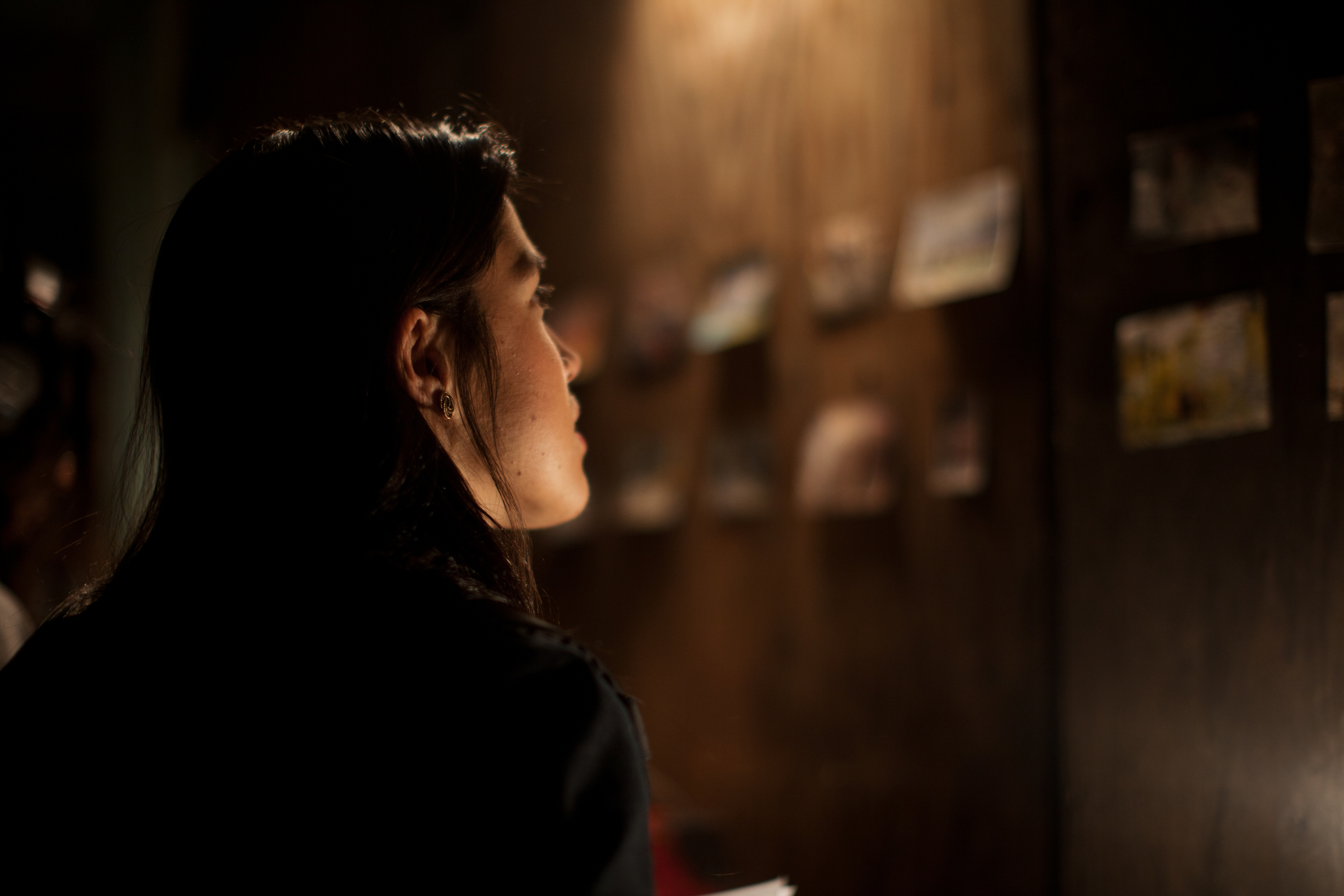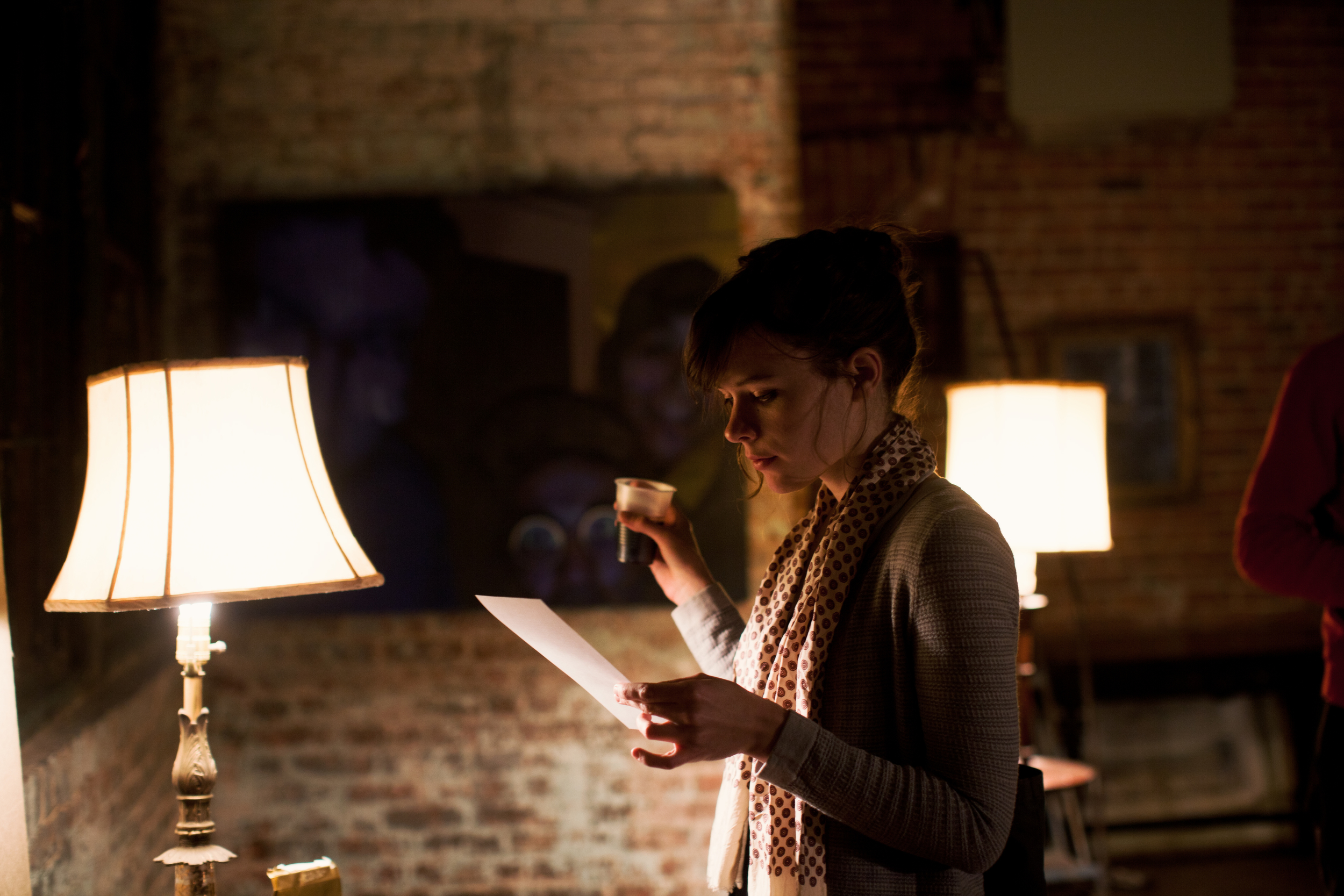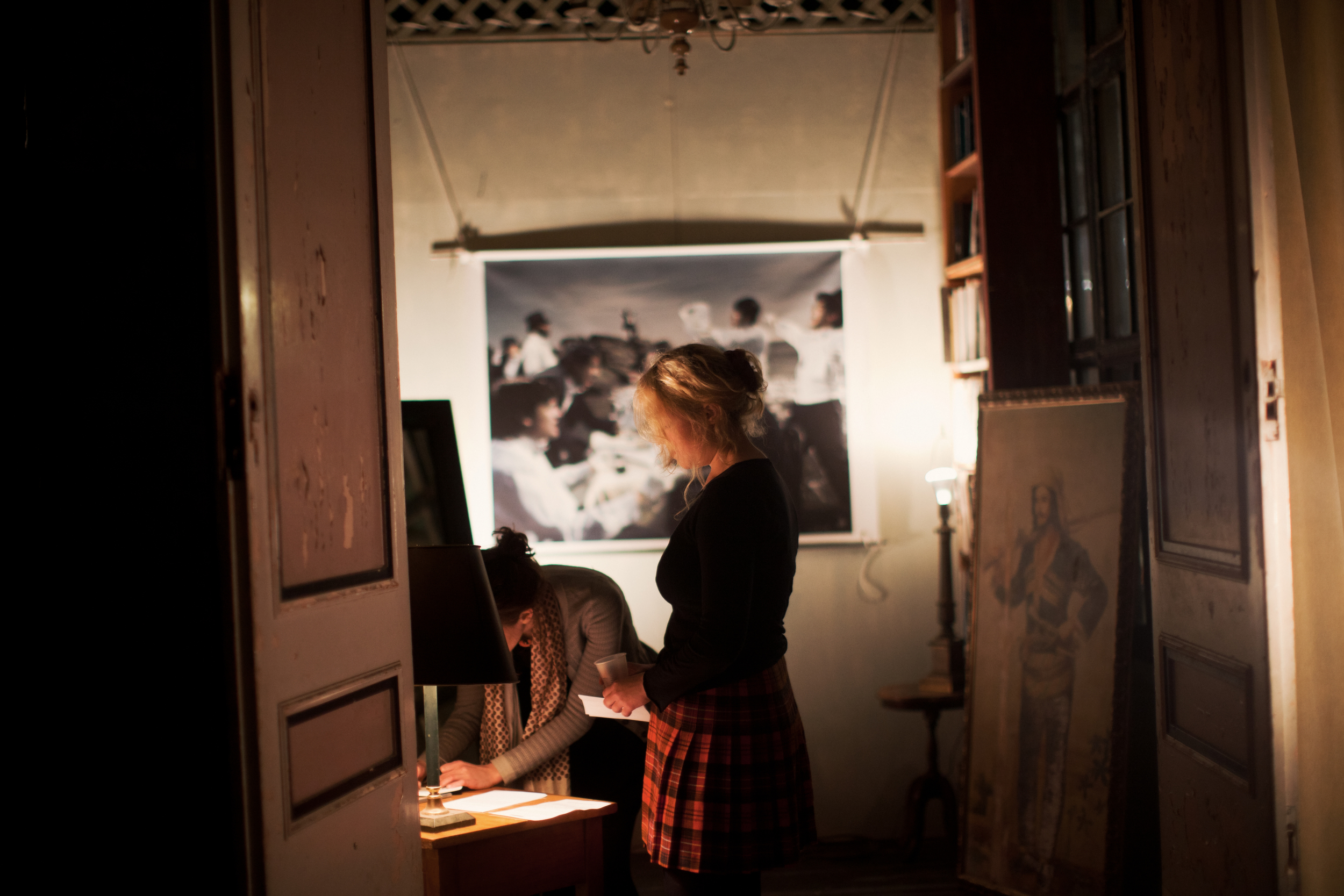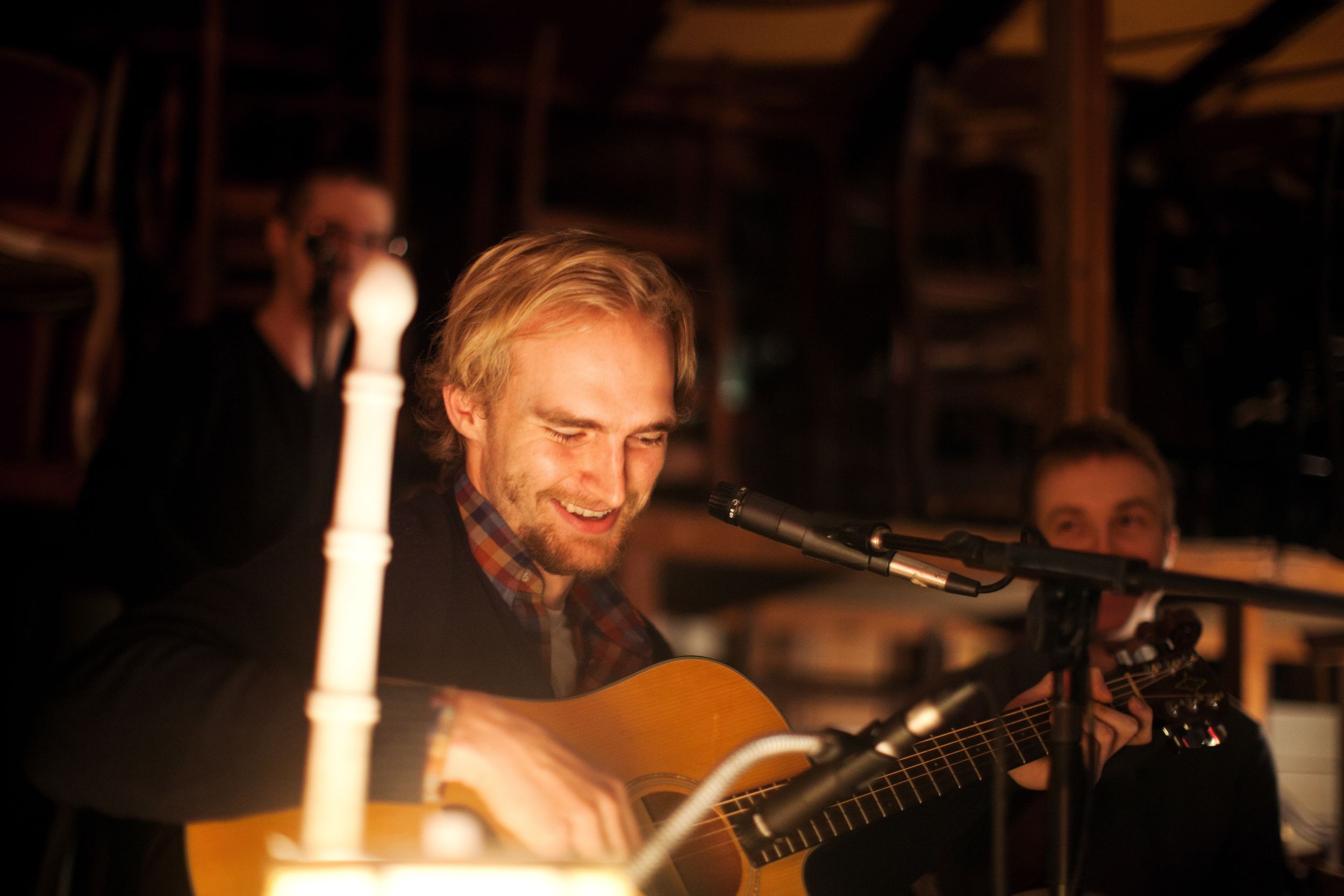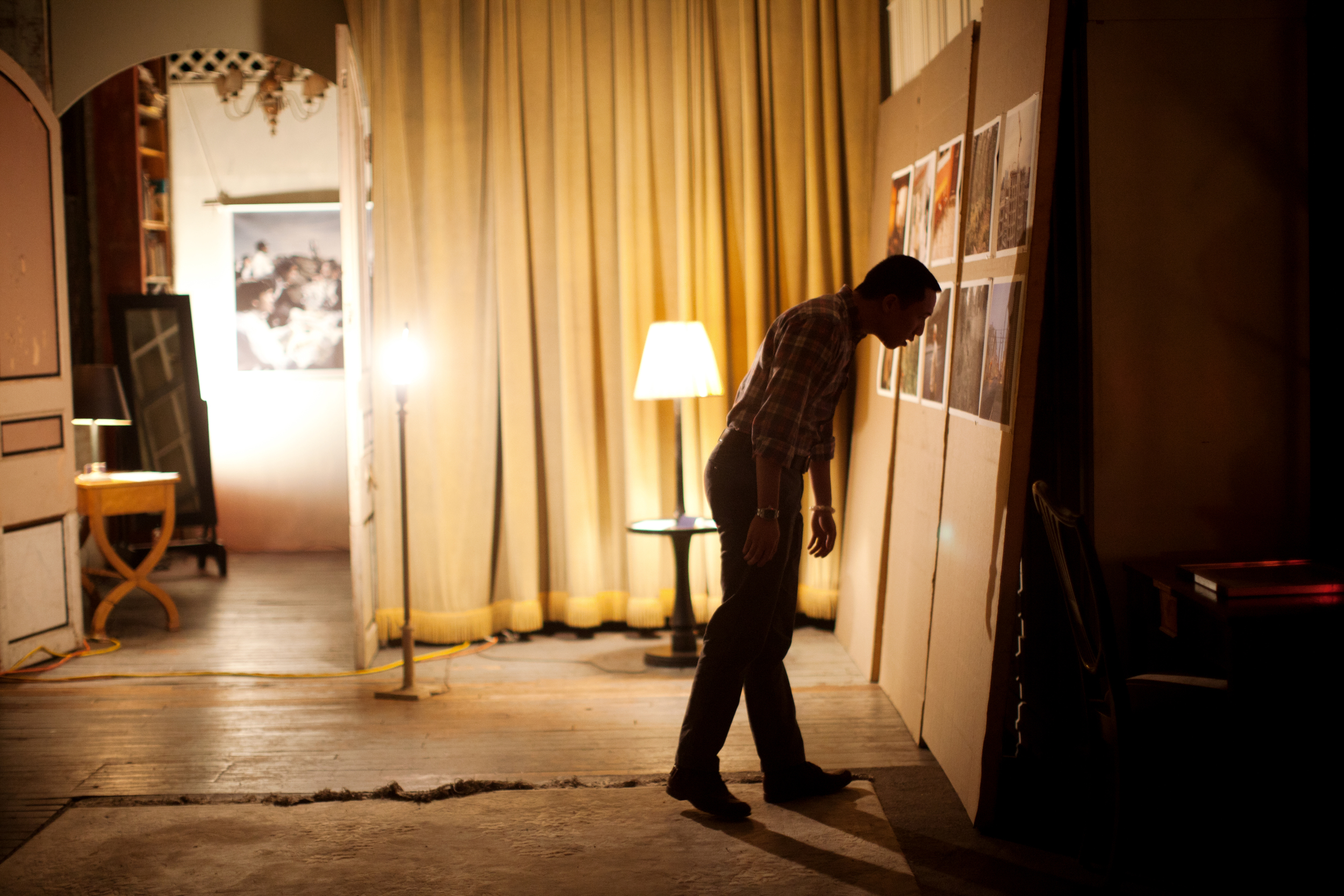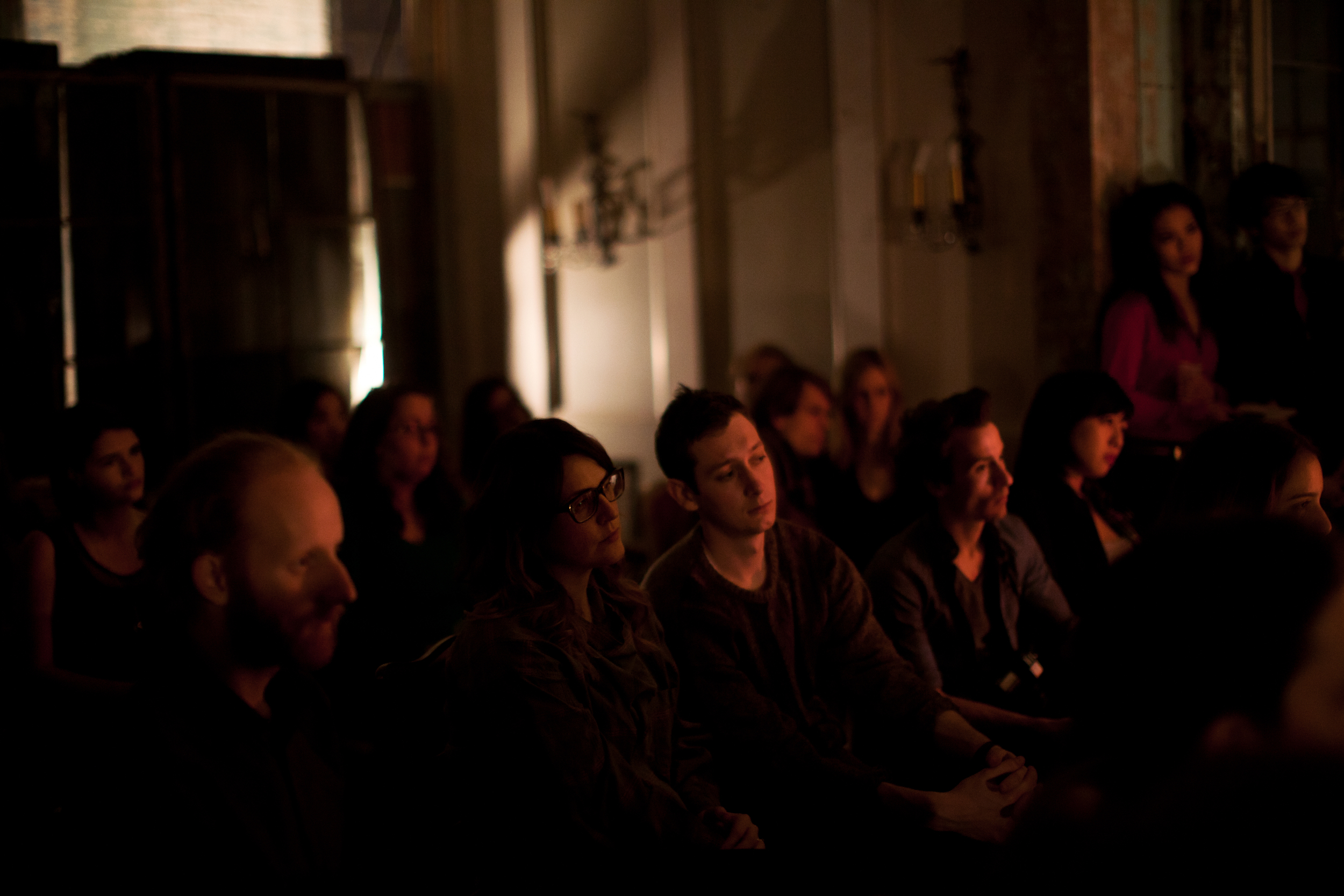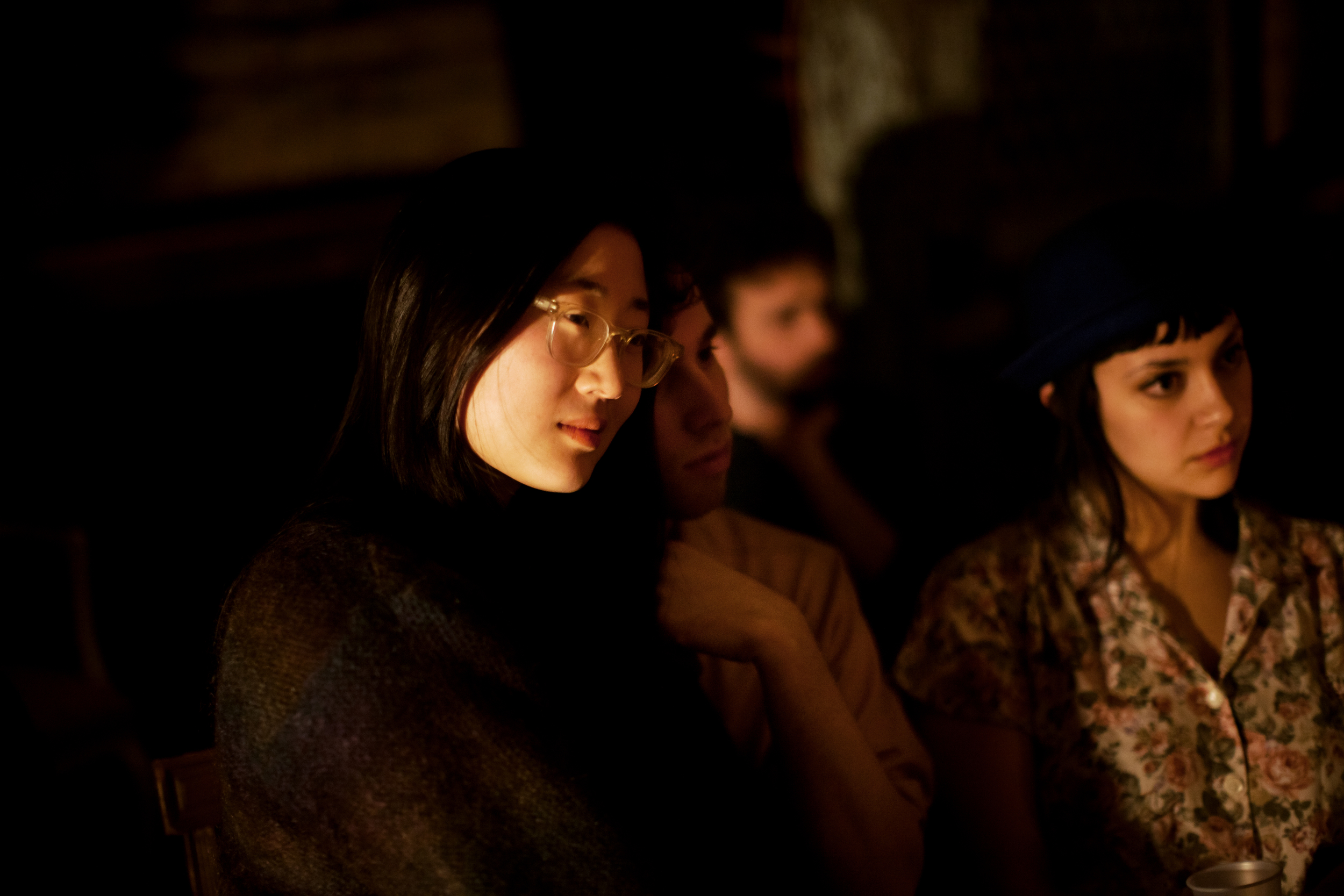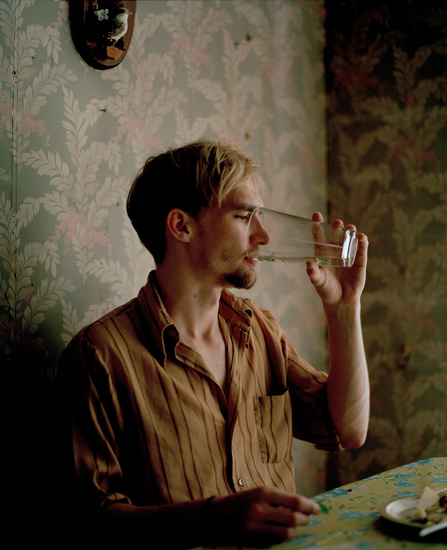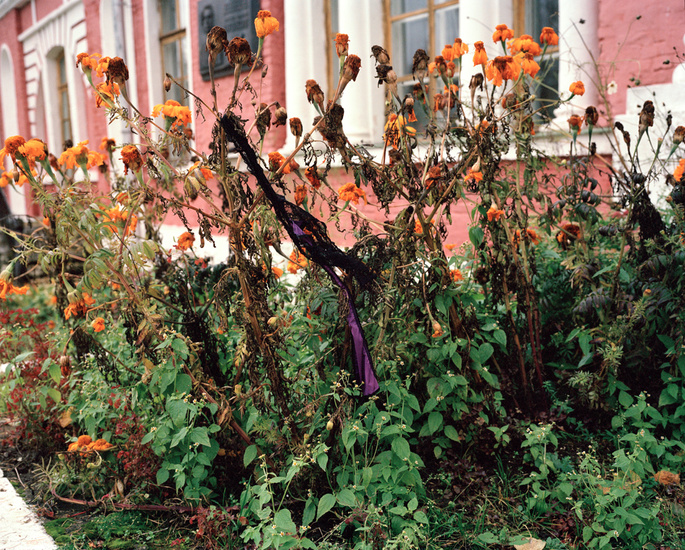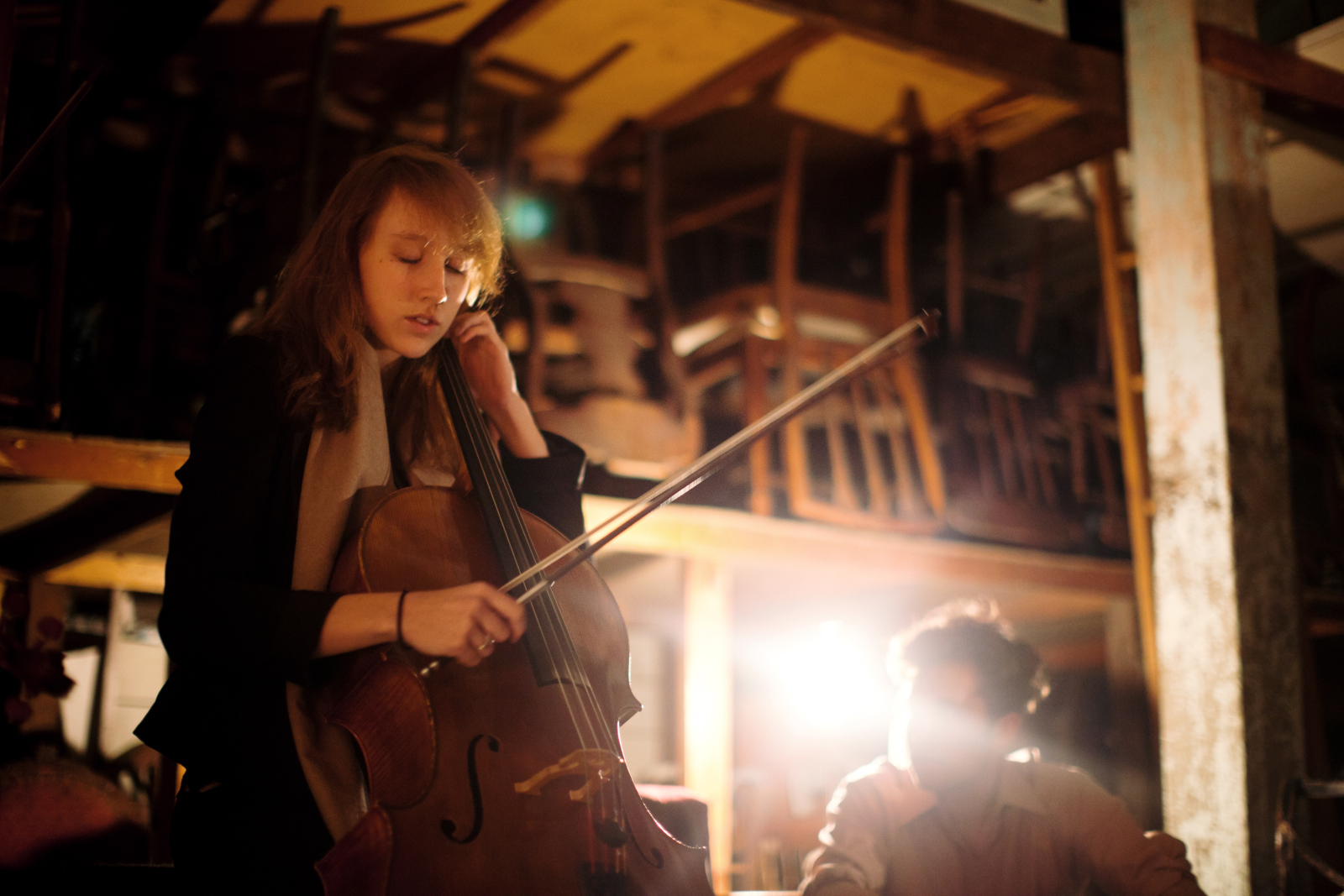
Narrative on Display is Nomadique's first pop-up group multimedia art exhibition.
THE EVENT
PHOTOGRAPHY

These images are from a new and ongoing series that utilizes highly-staged tableaux to tell dramatic visual narratives. The selected scenes explore themes of human drama through a collection of emotive moments gleaned from everyday life and amplified into archetypal surreal scenes. Marked by a commonplace mystique, whether from the street in passing or from the subway in idleness, these moments were taken from strangers and here magnified into glorified interactions, to reveal the stories untold of those fleeting moments unnoticed.
My alarm goes off at 5:45am. After 30 minutes of shuffling, sunscreen, stretching my legs, and eating an offensive amount of breakfast, I start walking. As the sun rises I almost always take a self-portrait of my shadow on the trail. Depending on the day I walk alone or seek some companionship, strolling up to a stranger and hoping they speak English. After 18 miles it’s usually enough. I stop, check in at the nearest albergue (pilgrim hostel), and collapse for at least an hour.
In the summer of 2012 I walked 500 miles on the Camino de Santiago: an ancient pilgrimage route across northern Spain. The Camino brings together an international community on a walking path that covers cities, mountains, and Roman roads. My route took me from St. Jean Pied de Port in France, to Santiago de Compestela in Spain. 100,000 people attempt the journey each year to visit the remains of Saint James, one of the Twelve Apostles of Jesus Christ.
Portrait of a Pilgrim captures, in images and text, both my personal experience and the many reasons people choose to dedicate a month to an ancient tradition in a modern world.
In pursuing these subjects I wonder if it is possible to clarify who we are and how we got here—or at least how we think we got here. I am interested in the real and imagined relationships between people and history in the context of American cultural institutions. It is necessary that institution take as broad as possible a definition to encompass everything from edifices to ideas to events pertinent to the sustenance of history. As such, I want to photograph a new American history—one visually engendered at crossroads of signification where physical traces of the past are rejuvenated, fragmented and spliced back together as best as seems possible. Public rituals create one particularly generative zone where there exists 'nostalgia without memory' (Appadurai 1996) when the past is made the present through recreational artifice, quotidian passions for preservation, revitalization, reenactment, and role-play. The role of photography in the ceremonial transmission from past to present is vital to the definition of icons, monuments, and moments in the imaginary of American cultural memory.
Every November 11th is Veteran's Day, commemorating the armistice to end ‘the war to end all wars.’ Across America wreaths are laid, monuments are rededicated and high school bands march down Main Street. In New York City the streets beneath the flatiron are transformed through the traffic of memory. I met Doughboys and donut girls, cheer leaders and drum majors, a myriad reverent commemorators dressed in kilts, camouflage, stripes, patches, medals, ribbons, regalia, rainbows, sequins, sashes, berets, tricorns, caps, helmets, carrying flags, rifles, pistols, sabers, swords, packs, provisions, party favors; all the appropriate paraphernalia. In an American flag button-down shirt I am a curiosity in the midst of spectacle. For sure, I was one with the crowd; clothes and camera make the man. The following weekend I traveled to Gettysburg for Remembrance Day. After 28 years of practice, Abraham Lincoln delivered the Gettysburg Address for the 149th time. Nearby sat a chaplain waiting to pronounce the benediction. Various appointees of the Sons of Union Veterans of the Civil War rose with hands to chest. A motley band performed the “Battle Hymn of the Republic” and the crowd dispersed.
The pendulum of American history continues to swing as the complexities of the past return to the present embodied in icons and emulated memories vacillating across time. In 1929, the American author Willa Cather intervened in the flow of the modernism to remind us that even as:
“people seem all to be living the same lives, striving for the same things, thinking the same thoughts, there are still individuals a little out of tune with the times—there are still survivals of a past more loosely woven, there are disconcerting beginnings of a future yet unforeseen.”
These images are culled from a year and a half of intermittent travel after graduating from college. During this time, my gaze shifted from romanticizing the poetics of foreignness in my images towards recognizing a personal ambivalence, understanding my connection to but still feeling disconnected from my surroundings. This dissonance is rooted in my cross-continental upbringing, having spent my childhood traveling between Moscow, where I was born, South Florida, where I was raised, and then New York where I ultimately planted myself. Migrating between these places multiple times a year became an exercise in uprooting myself and then replanting myself in unstable ground, an experience that has inspired both my pursuit and critique of the ephemeral feeling of belonging. These images are a resulting shorthand of this experience.
PAINTING
This series of laptop paintings started as a project of synthesizing and reconciling new technologies with traditional painting techniques. I began it as a working-through of my identity as a painter: I felt that realist painting was so similar to photography that it was barely worth doing at all. By choosing subject matter that is strictly contemporary, I thought I was justifying my idiom by creating work about painting—"watch me plunk the disposable experience of Skyping into a domain of precious, hypervalued art objects." The blue glow in the earlier paintings was also alluring enough that it validated the paintings as decorative pieces.
As the series grew, I found my intentions evolving. When the paintings function successfully, they allude to the act of observation that is common between webcam-voyeurism and engagement with art. Hayden is a tiny painting. It requires its viewers to get very close to it, and because its subject is emotional, it simulates a peep show and implicates its viewer as a voyeur. BFFA3AE, on the other hand, is four feet wide. It shows three enormous spectators in dim light, and presents them as intimidating. This indicts voyeurism as sinister. Together, the two paintings shame their viewers.
Ultimately, the series is a reflection on mediation. The interactions depicted are filtered through the Internet; the blue glow is shorthand for this. But the sexiness of the glow implies that mediation is itself appealing and desirable. Moreover, we are not looking at a mediated conversation between people; we are looking at a painting of a still frame of a mediated conversation between people. The artwork is a radical endorsement of mediation: it is a painstaking simulation of a simulation.
While painting Hayden, I made a change to my practice that endured through the rest of the series: I switched to a five-color palette of cyan, magenta, yellow, black, and white. The allusion to color separation process printing completed the statement on simulation. By employing a visual vocabulary of ordinariness (the CMYK palette) in a medium of high cultural value (figurative painting), the series creates a tension and evokes the otherworldly.
INSTALLATION
Two weekends after Hurricane Sandy, a friend convinced to me to volunteer in Breezy Point for one day. We spent the whole day clearing basements and first floors homes which had incurred severe flooding. Every last box and trinket needed to be thrown away and massive piles of furniture, clothing, paperwork, carpeting, and refrigerators lined every block. I grieved for the loss of a lifetime of belongings now gone. Everything, soaked in salt water and disheveled by the storm, once a pillar for the identity of these people, had been transformed into meaningless, molding, crumbling material.
The video and photographs mounted are a small collection of moments and materials I gathered while volunteering in the Rockaways



